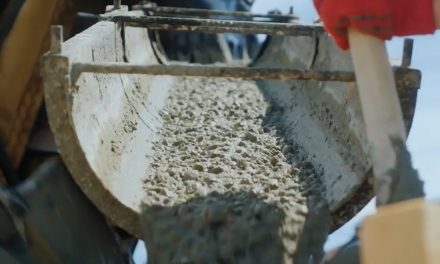A router is probably the most versatile tool in your workshop. At its simplest, this power tool cuts grooves in wood and other materials such as plastic.
What routers can do:
- Cut smooth edges
- Cut decorative or moulded edges (for shelves, rails and picture frames)
- Cut dadoes and rabbets (the slots or grooves you use in drawer bottoms, the backs of bookcases or cabinets, or for joints)
- Make joints (including rabbet, mortise, dovetail and tongue-and-groove joints)
- Recess door hinges (so they’re flush with the surface)
- Trim laminates or veneers
- Plunge in holes for shelf pegs or dowels
- Carve out inlays
- Carve raised panels and reliefs
Six bits you’ll want to own
A router is as versatile as the functions of the bits you attach to it, and with hundreds of these available, the possibilities are far-reaching.
Here are six worth having:
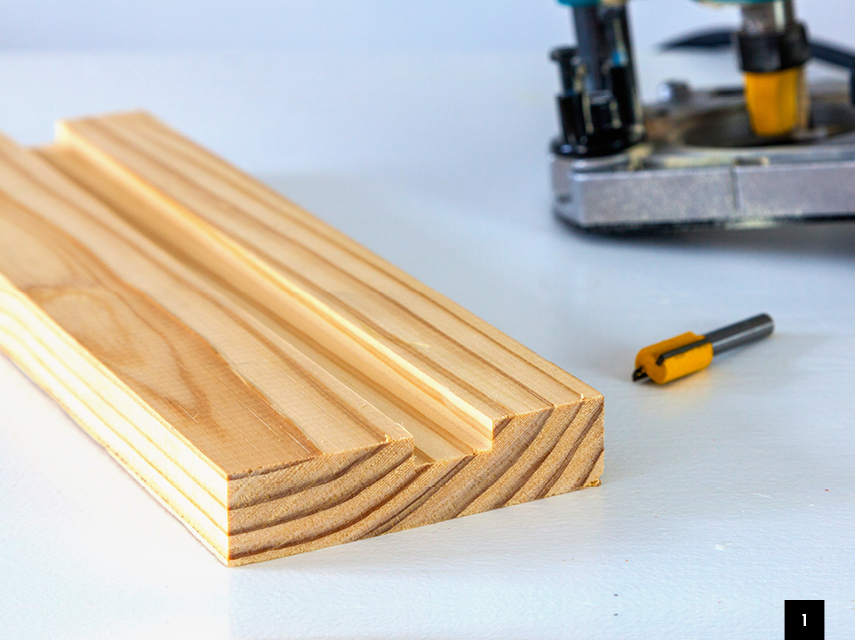
1. Straight-cutting bit
For square-bottomed grooves used to make joints like rabbets and dadoes.
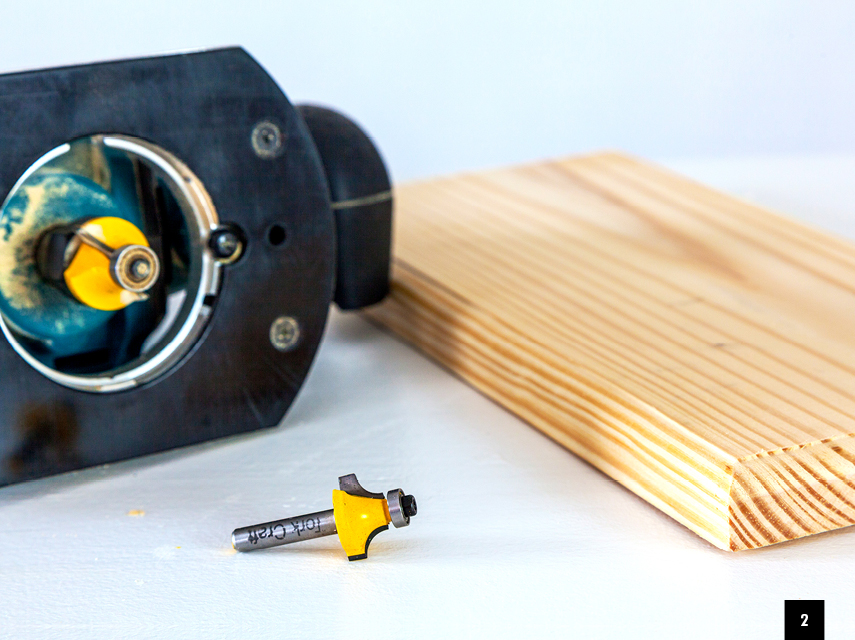
2. Rounding-over bit
For shaping edges on shelves, tabletops and the arms of chairs, for example.
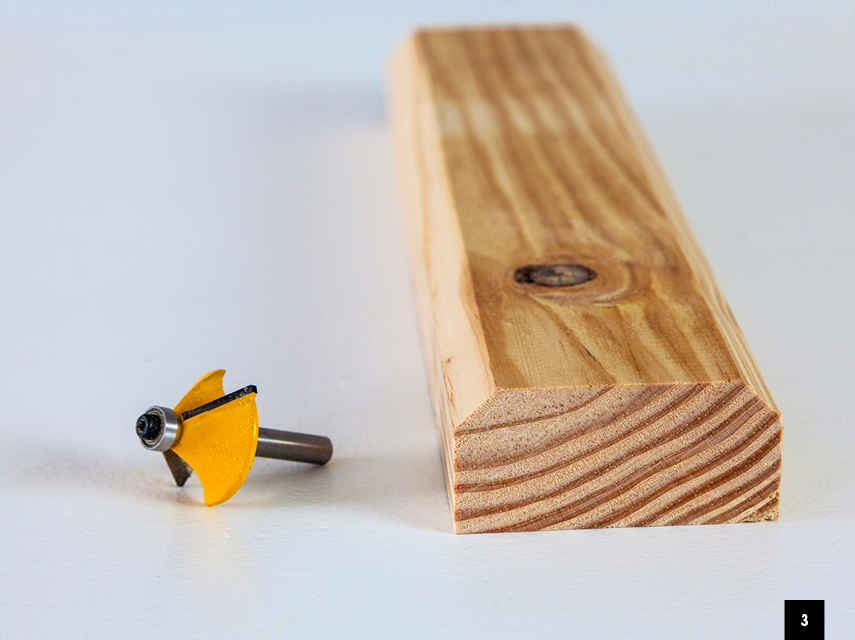
3. Chamfer bit
Similar, but cuts a 45-degree bevel (or other angle) rather than a rounded edge
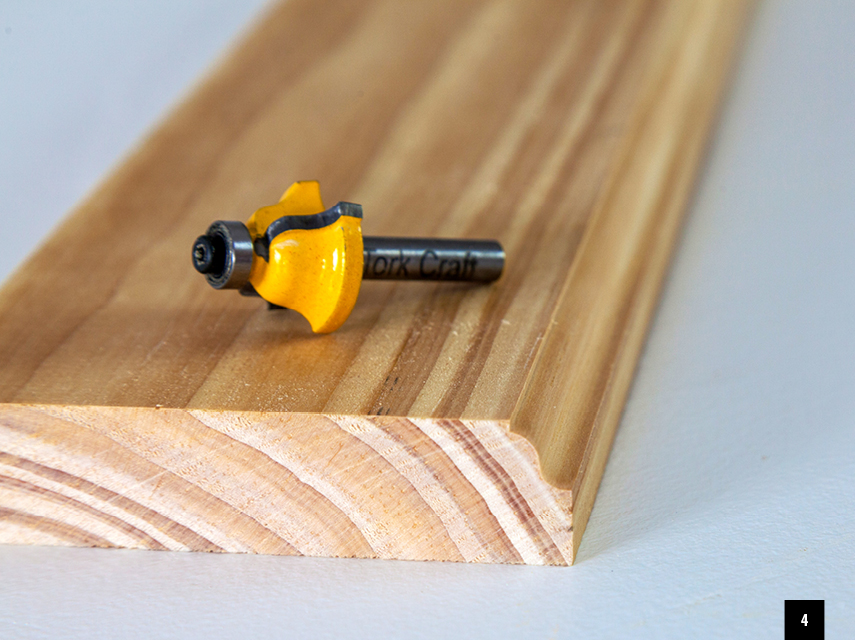
4. Roman ogee bit
A little like a rounding-over bit, but with a fancier pattern. Also good for picture frames and rails.
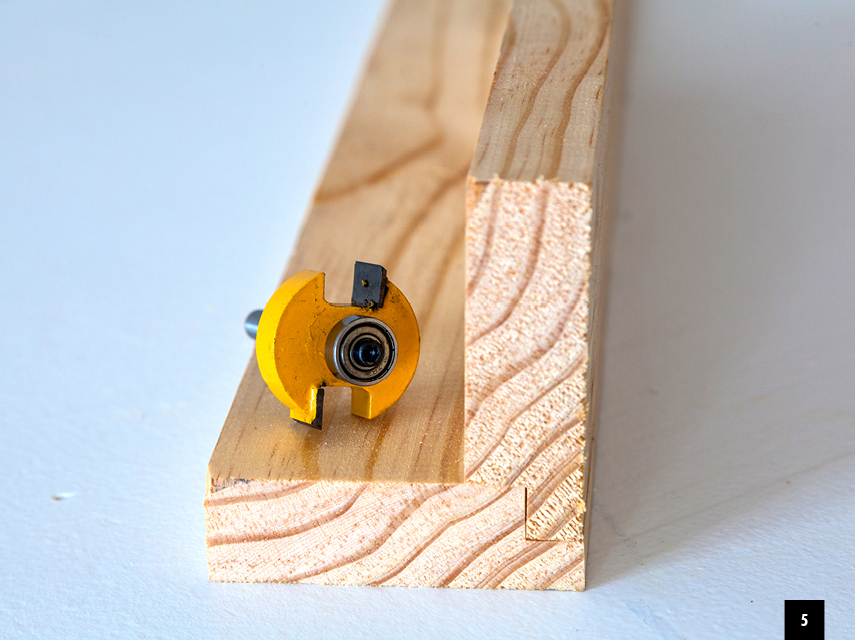
5. Rabbet bit
For cutting a notch or shoulder along the edge of a board so that it can slot into a groove and make a rabbet joint.
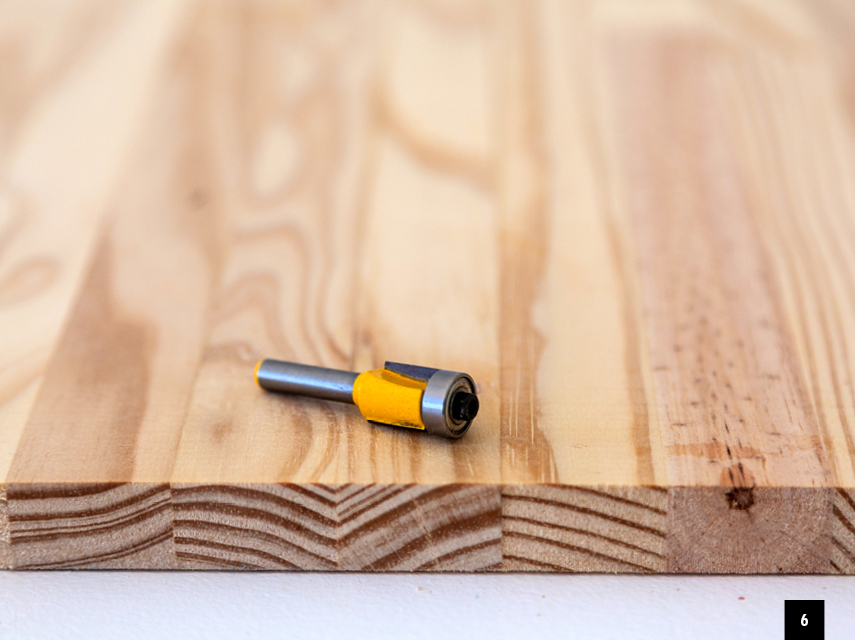
6. Flush-trim bit
For cutting the veneer or laminate flush with the edge of the board underneath.



